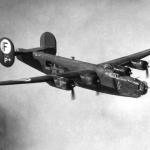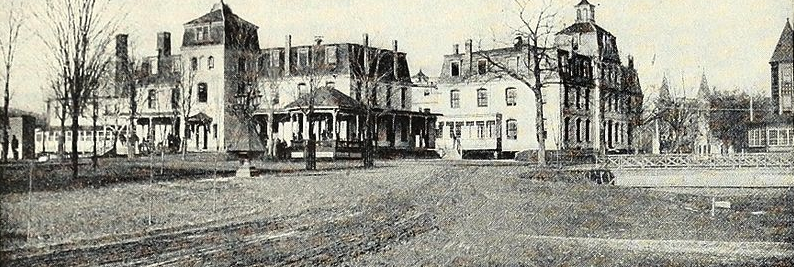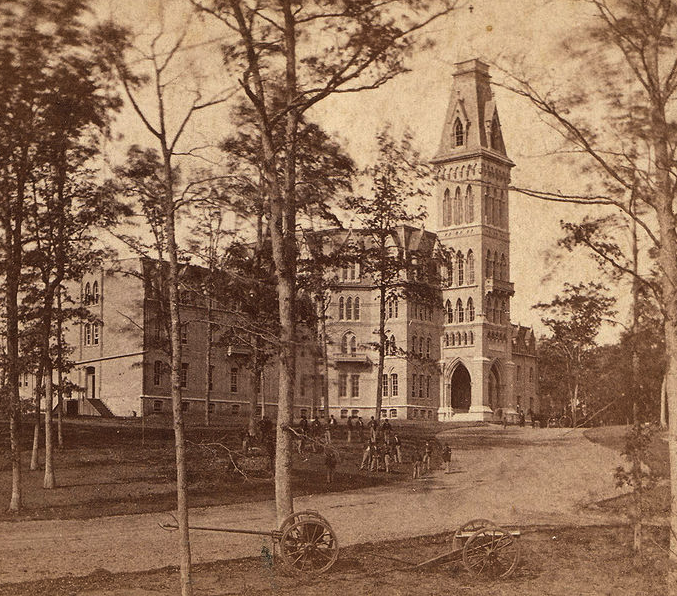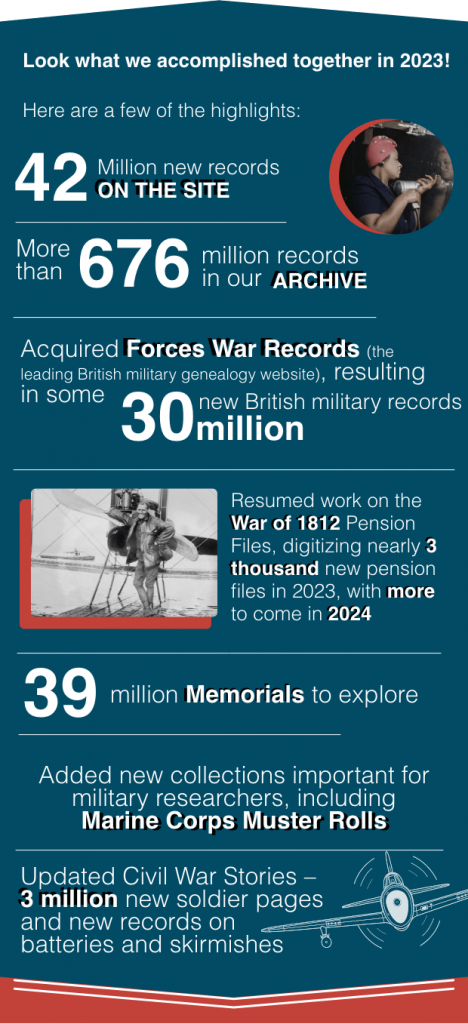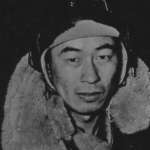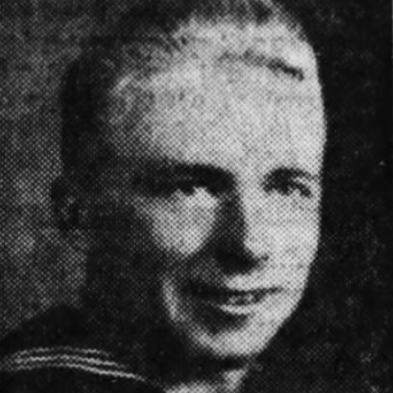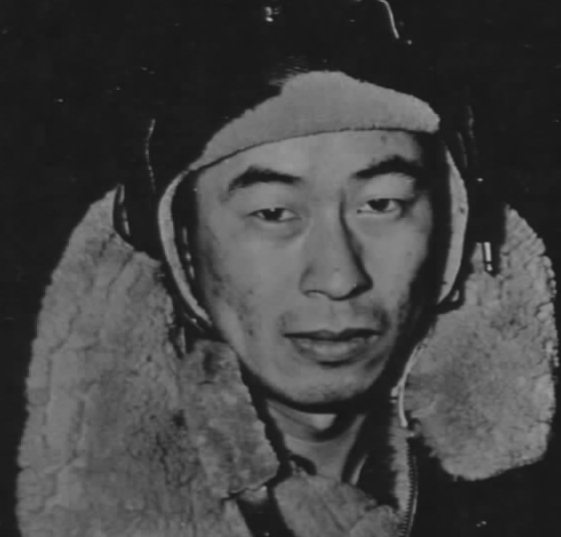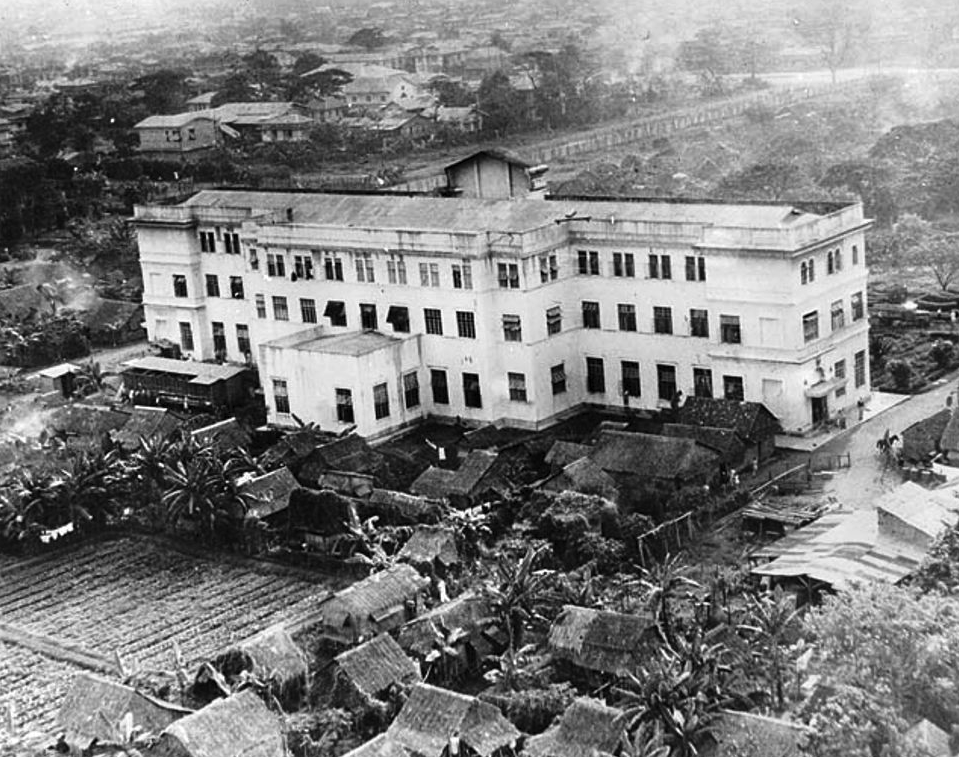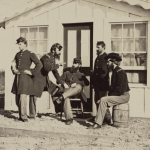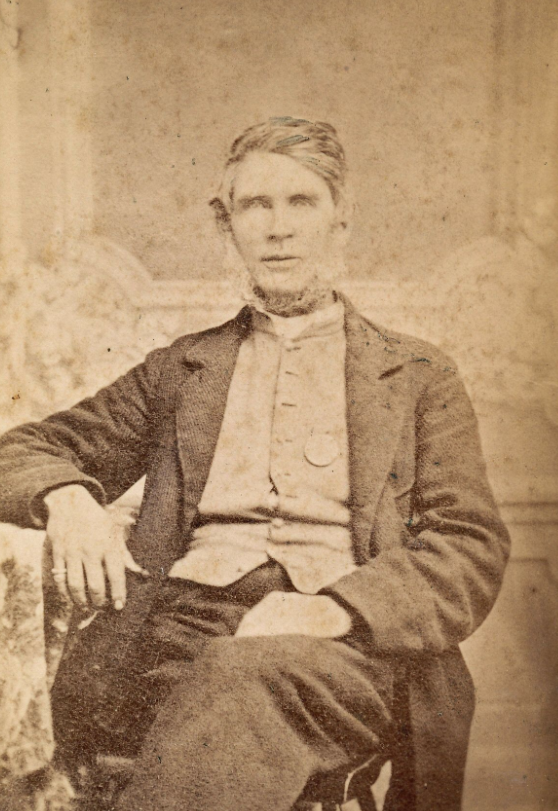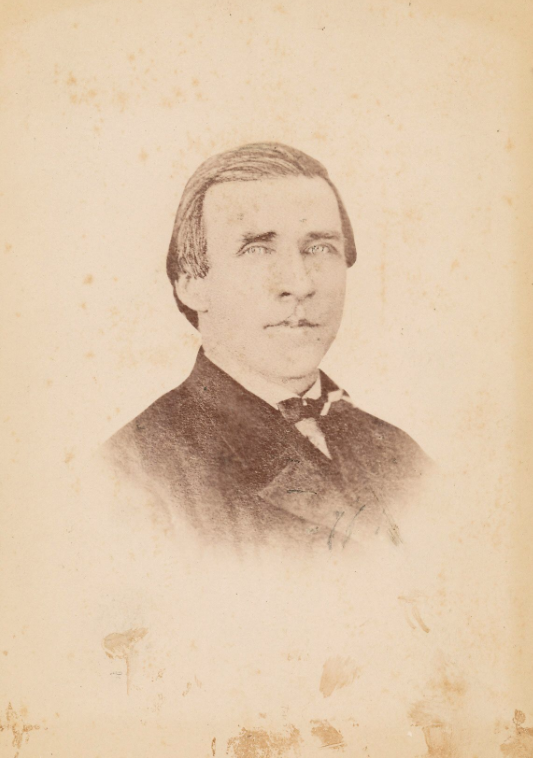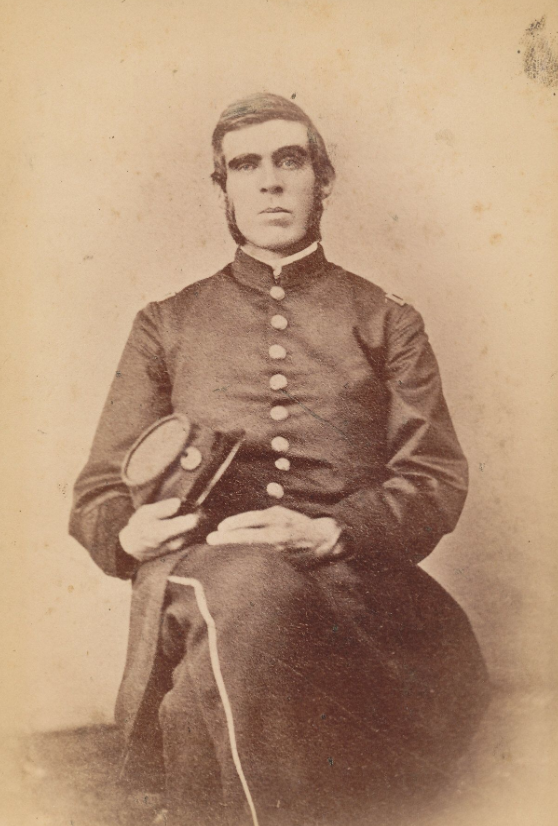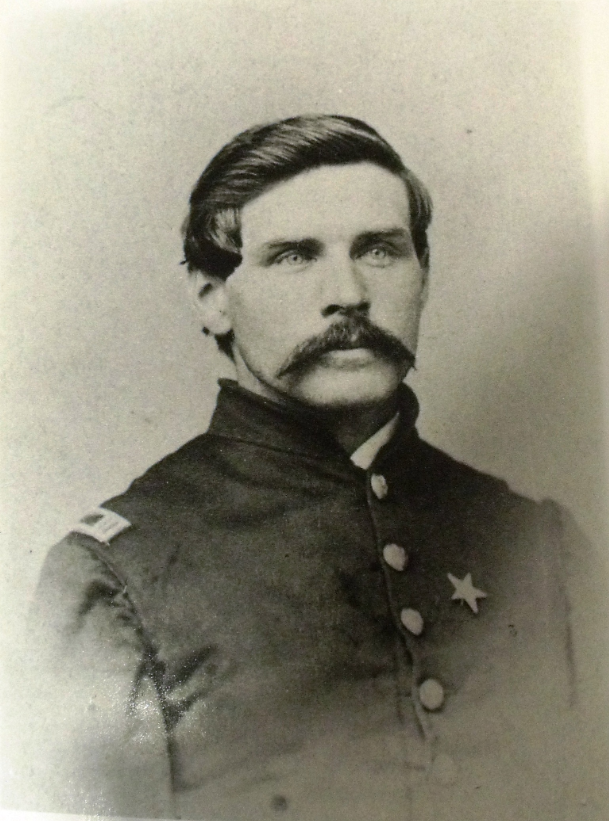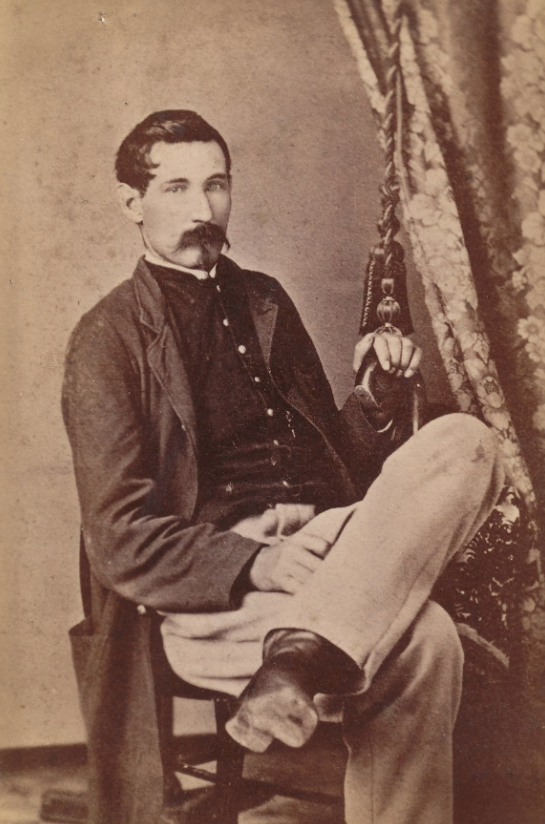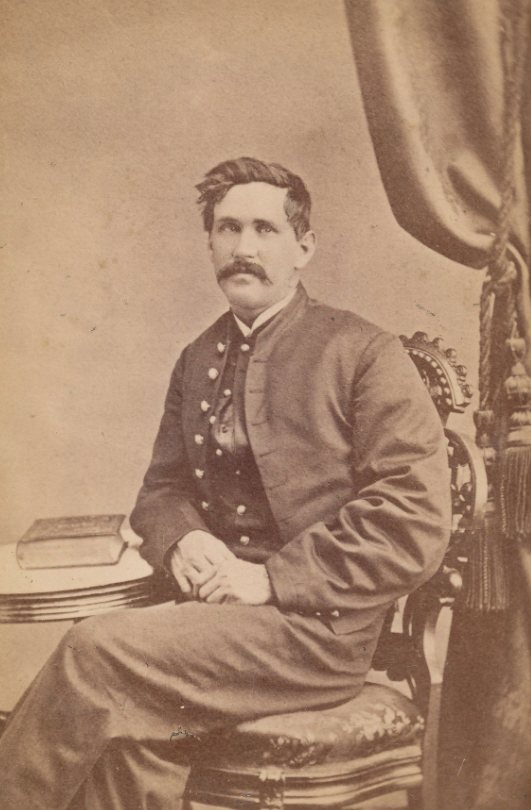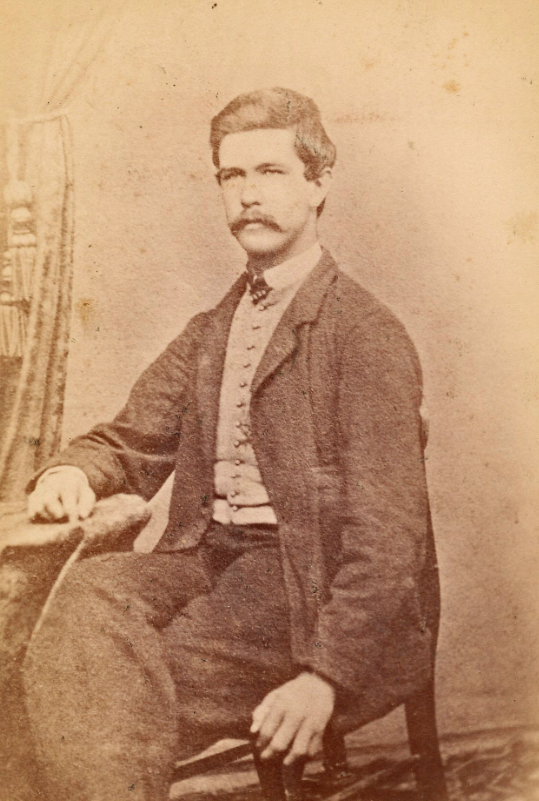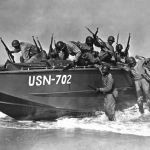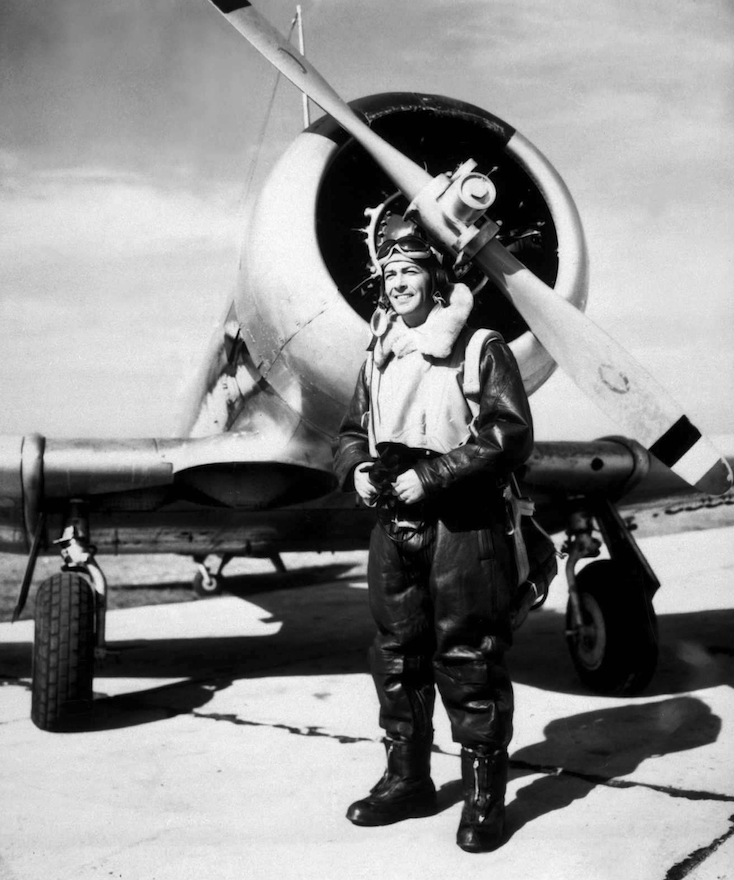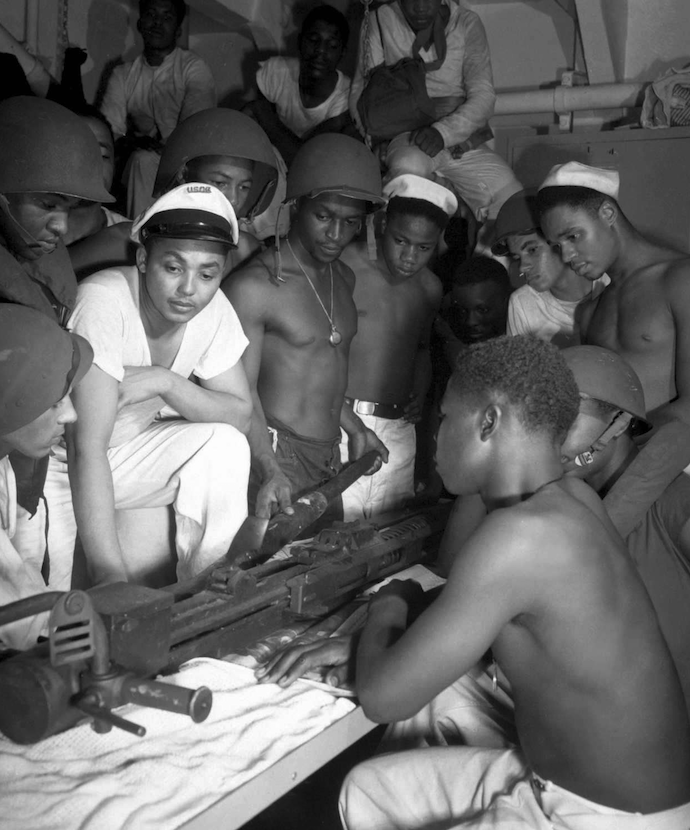In January 1944, the military launched a top-secret operation called Operation Carpetbagger. The aim was to supply European resistance fighters with weapons, supplies, and secret agents behind enemy lines. The effort required risky night missions flown in specially modified B-24 Liberator Bombers under the direction of the Office of Strategic Services (OSS) – the forerunner of today’s CIA.
The Carpetbaggers were part of the newly redesignated 801st/492nd Bombardment Group and operated out of Harrington Field, a Royal Air Force base in England. Since the clandestine missions were flown only at night, the B-24s were painted glossy black to evade searchlights. Aircrews flew at dangerously low altitudes, using landmarks and rivers illuminated by moonlight to navigate. As they neared a drop zone, a special air-ground directional device named “Rebecca” inside the plane communicated with a ground beacon named “Eureka” to guide the aircraft. When the plane was within a few miles of the drop zone, the aircrew contacted partisans on the ground using a special two-way radio called an “S-Phone.”
Once the aircrew verified that it was partisans on the ground and not Germans, they dropped steel containers containing everything from radios to weapons through the bomb bay doors. The ball turret was also replaced by a special cargo hatch called a “Joe Hole.” Crews could drop supplies or even OSS agents (called Joes) via parachute through the Joe Hole.
Most of the Carpetbagger missions were flown to supply French partisans in advance of D-Day operations in June 1944. Carpetbaggers also flew missions to Norway, Denmark, and Germany. They finished their final full-scale mission in September 1944. According to the National Museum of the United States Air Force, Operation Carpetbagger completed 1,860 sorties and delivered 20,495 containers and over 11 thousand packages of vital supplies to European resistance fighters. In addition, more than 1,000 parachutists dropped through Joe Holes into enemy territory.
Their secret night missions, deep in the heart of occupied Europe, were crucial to arm and assist resistance fighters who sought to undermine Nazi Germany. Those involved were sworn to secrecy, and their contributions remained classified for some 40 years following the war.
In 2018, the remaining Office of Strategic Services members, many of whom had worked with Operation Carpetbagger, were presented with the Congressional Gold Medal for their efforts in establishing intelligence networks and training resistance operations during WWII.
To learn more about Operation Carpetbagger, search Fold3® today.
